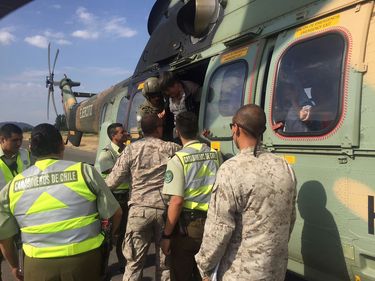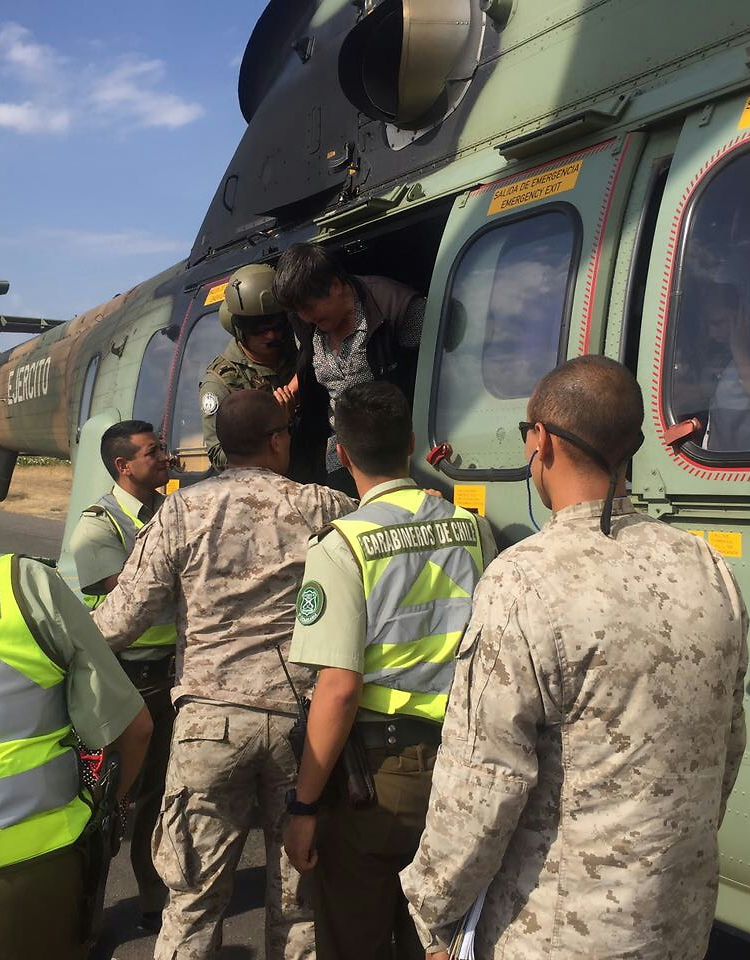Summary
- The helicopter unit of the Chilean Army's Air Brigade proved to be a marathon experience for Major Sebastián Gaete, one of the pilots who helped in the rescue effort after heavy flooding in Termas del Flaco, two hundred kilometres south-east of Santiago, last February. We interviewed him to hear his story.

What type of missions did you carry out and what helicopters did you use?
It’s not the first time we’ve had to participate in rescues in Termas del Flaco. The operation was complex due to the altitude. We had to start in Rancagua, at 1,600 feet of altitude, from where we flew up to an area 7,000 feet above sea level, in a span of 15 minutes. In addition, it happened during summer here, with quite high temperatures. We used the brigade’s H215M and Cougar helicopters. At the beginning, we left with a capacity for 12 passengers, and we ended with room for 16 as the fuel was exhausted over time.
What were the characteristics of the rescue area?
It is mountainous terrain, but it allowed for helicopter operations with sufficient ease.
How many people were rescued?
Around 1,000 people got out in the two or three days of the operation. With an air bridge, two helicopters were constantly in operation during eight continuous hours.
To what degree did helicopters play a key role in the rescue effort?
There was no other way to rescue those people if not for the helicopter, given that the roads were cut off at several points from the mountain range, and it was still raining. There was even lightning. Of course, with a helicopter, it takes 15-20 minutes to arrive, but it would be several hours in a car to get there.
What is the main advantage of the H215M in this type of operation?
It’s definitely the cargo load, given that another type of helicopter came to support us, and they couldn’t take any more than four or five people. The H215M, thanks to its autonomy and cargo capacity allowed us to fly with up to 16 passengers.
What lessons did you take home after using the helicopters during the flood?
I don’t see any limits regarding the use of the actual helicopters. However, perhaps we could have brought the air bridge closer, which would have allowed us to operate with less fuel, and rescue more people per trip.
